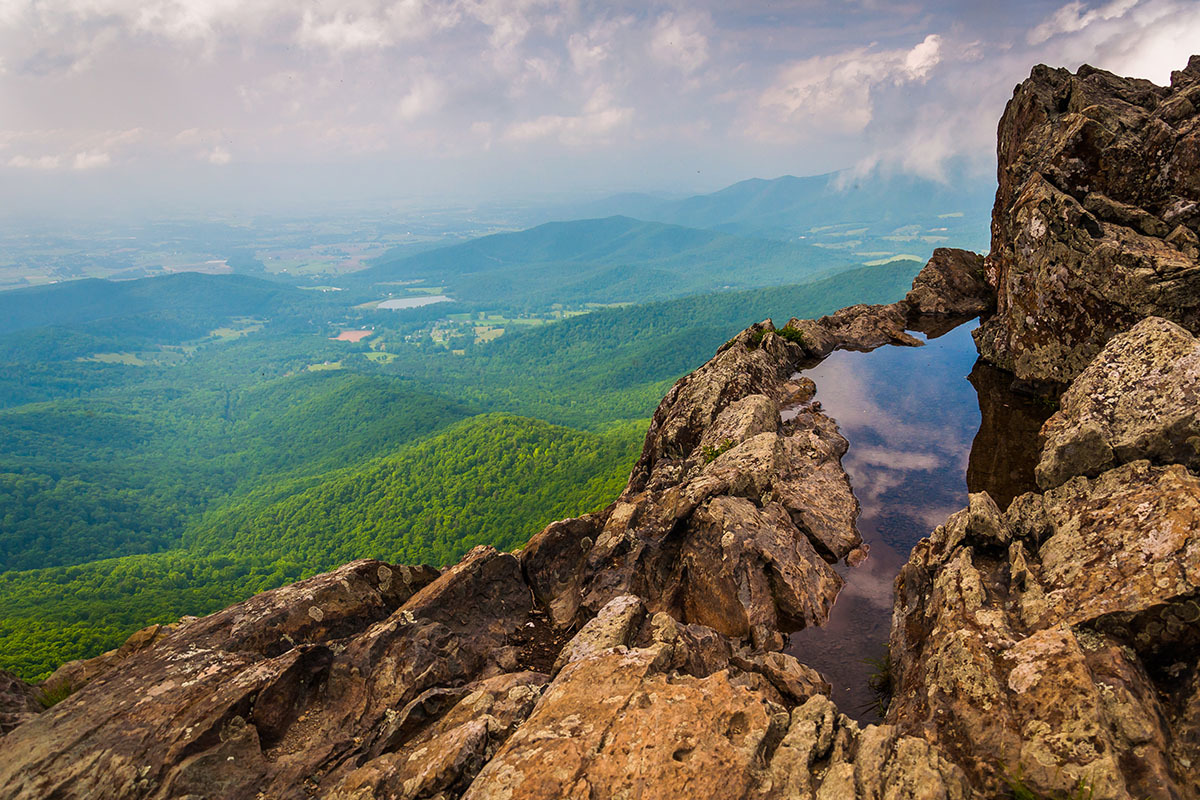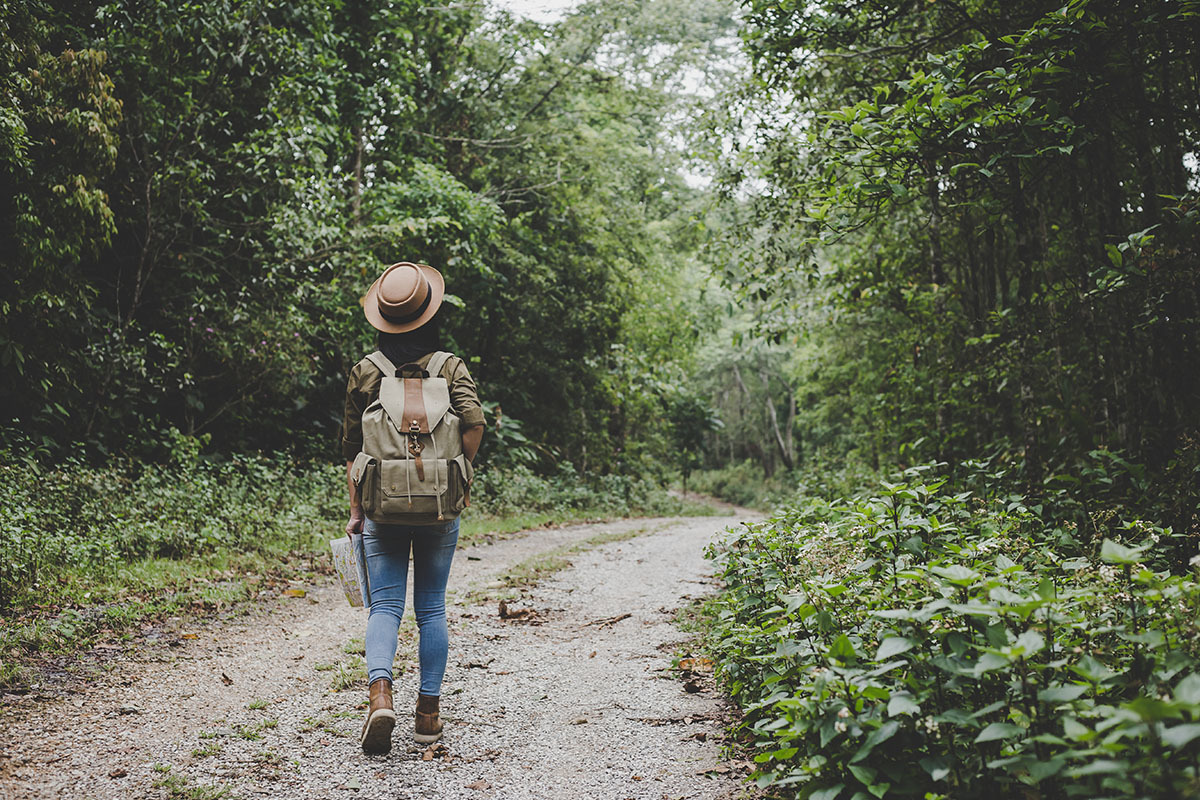Exploring Sequoia & Kings Canyon National Park
- Written by
- On Wednesday, January 20, 2021
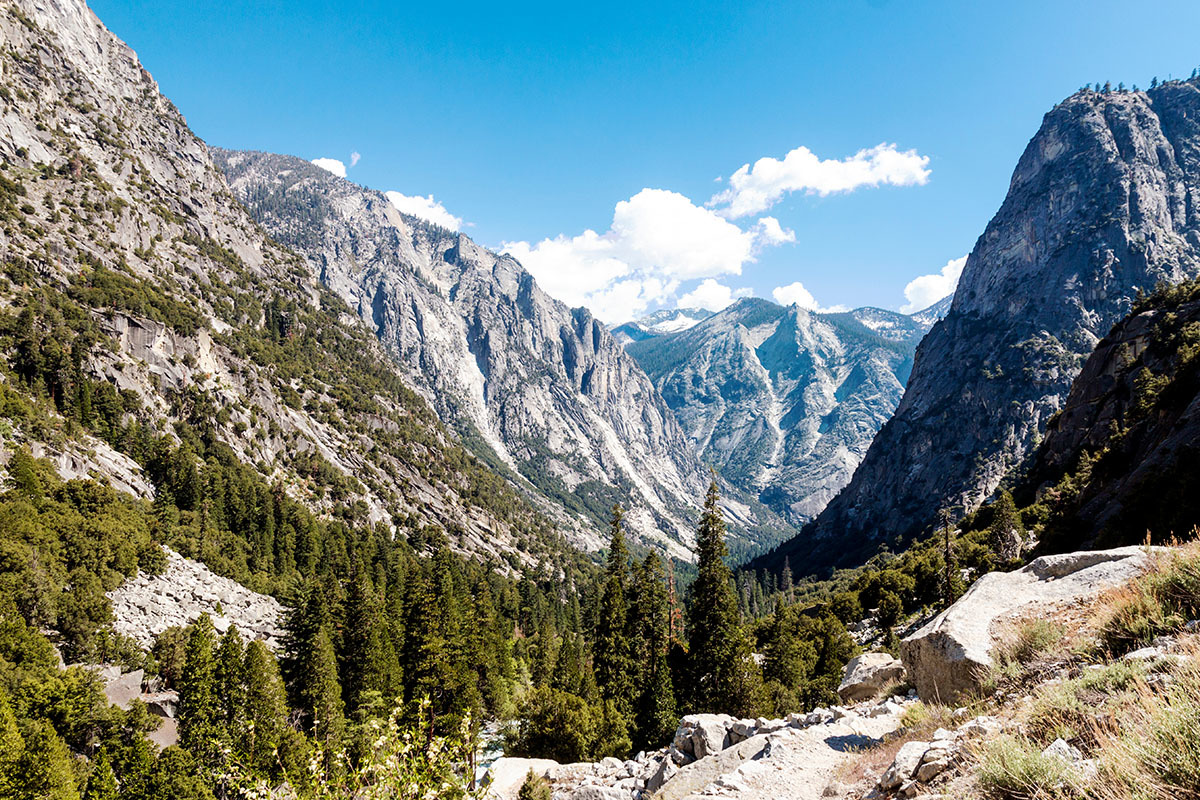
Park: Sequoia and Kings Canyon National Parks
Year Established: Sequoia: 1890; Kings Canyon: 1940
Acres: 865,964 (combined)
Annual Visitors: 1.9 million (combined)
Entrance Fee: $15-$35
Sequoia and Kings Canyon National Parks are two distinct parks adjacent to one another, but they’re administered as a single park by the National Parks Service. Sequoia National Park spans 629 square miles of forested land, bounded by Kings Canyon National Park to the north, which spans 722 square miles.
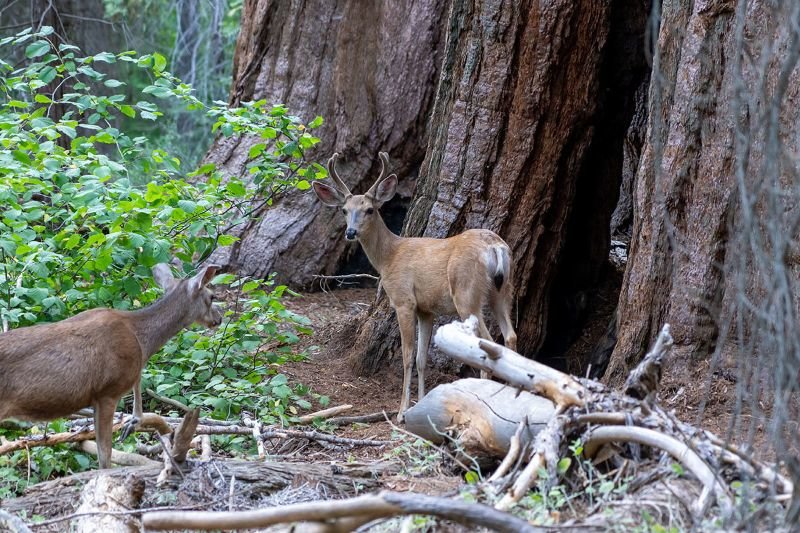
Both parks are known for hosting some of the world’s largest giant sequoias, in addition to several 14,000-foot peaks, abundant fast-flowing rivers, and expansive mountain meadows. The parks feature an elevation gradient of over 13,000 feet, which means they offer a wide variety of habitats, lending themselves to diverse flora and fauna.
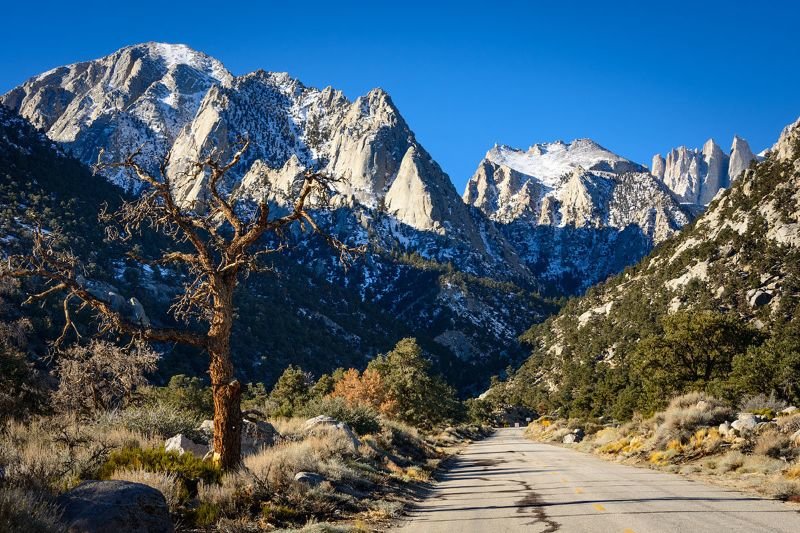
The foothills of the parks are dotted with oak woodlands, chaparral shrubs, and abundant riverside vegetation, providing a habitat for animals like black bears, woodrats, kingsnakes, and quail. A little higher up, the montane forests and meadows feature giant sequoias in addition to wildlife like mountain lions, deer, lizards, and a wide variety of birds. The highest elevations of the park in the subalpine and alpine areas host vast sparkling lakes and colorful meadows. Mammals aren’t as common in these areas of the park due to the high elevation, but you may catch a white-tailed jack rabbit speeding by or an endangered Sierra Nevada bighorn sheep.
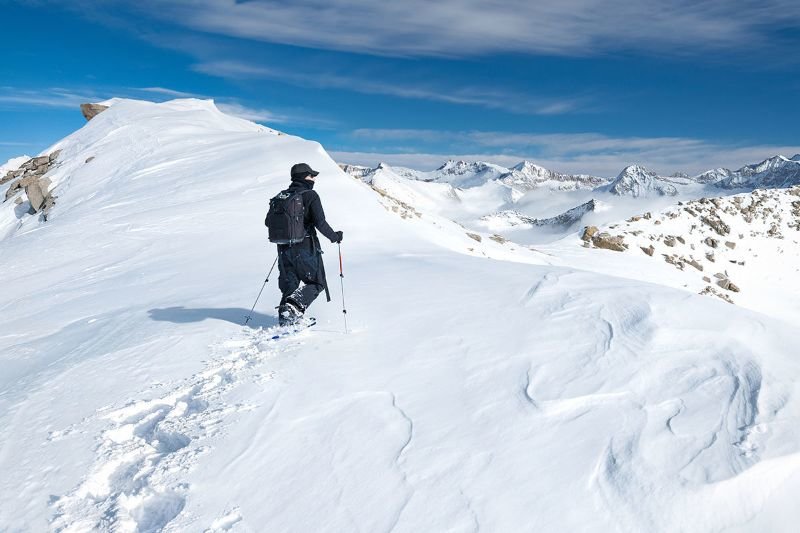
Given the parks’ diverse landscapes and elevations, it’s no surprise that there are boundless activities for visitors to engage in. During the winter months, you can explore the land through ranger-guided snowshoe walks or cross-country skiing. You can also take the whole family to the parks’ designated snow-play areas, which offer opportunities for sledding, snowman-building, and skiing.
The warmer months at the parks lend themselves to amazing hiking and backpacking opportunities, as well as rock climbing, horseback riding, and spelunking. Speaking of spelunking, visitors can take a guided tour of Crystal Cave, a stunning marble cavern with walls polished by subterranean streams and glittering stalactites and stalagmites.
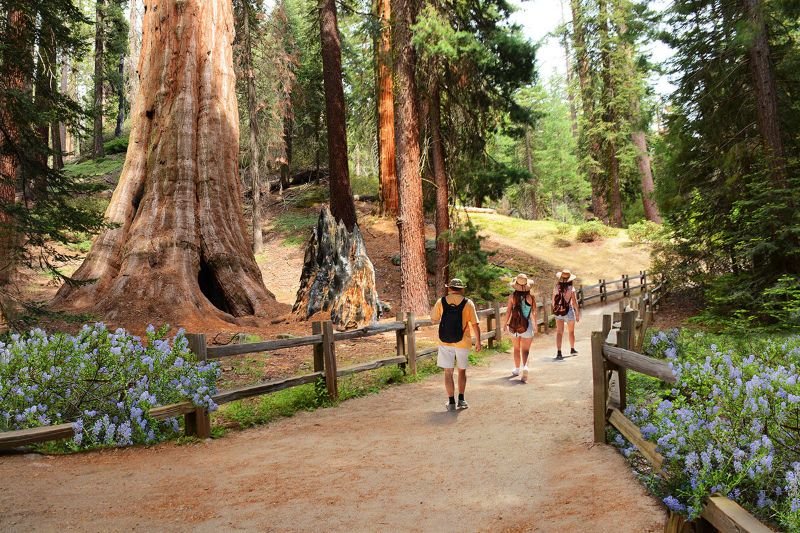
In addition to hiking in and around the cave, you can enjoy any number of day hikes, like the General Sherman Tree trail, which will take you along a picturesque hike throughout the giant sequoias that the parks are so well known for. You can also hike Moro Rock, a granite dome that features a 300-foot stairway leading to a spectacular view of the Great Western Divide and the western half of the park. And if you like your hiking with a side of waterfalls, then head out for the easy 1.7-mile Tokopah Falls trail culminating in a gorgeous 1,200-foot waterfall.
If you’d rather not explore the parks on foot, then you can easily see many of the majestic sights they have to offer by car. The parks feature several drives that lead to stunning lookout points, such as the one-hour drive from the Sequoia Park Entrance to Lodgepole. This drive will take you to a variety of points and overlooks, including Amphitheater point, which offers a striking view of the aforementioned Moro Rock, as well as views from the foothills up to the alpine peaks.
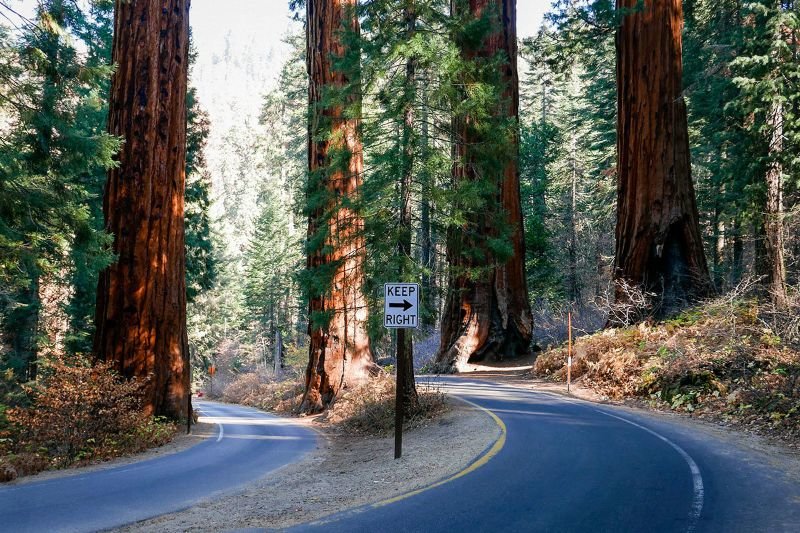
And while both of these parks make for great day trips, if you really want to see all that they have to offer, then you should consider booking a stay at one of the parks’ many campgrounds. The Lodgepole/Giant Forest area offers several campgrounds that are centrally located in Sequoia, keeping you close to boundless sights. You can also book a stay at one of the Grant Grove campsites, which will put you near a variety of trails leading through giant sequoia groves, meadows, and waterfalls.
Whether you take an hour-long drive to one of the parks’ lookout points, embark on a day-long hike through giant sequoias, or camp out in the foothills, you’re guaranteed to have a great time at Sequoia and Kings Canyon National Parks.

